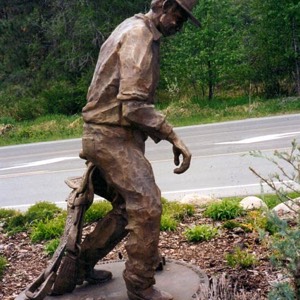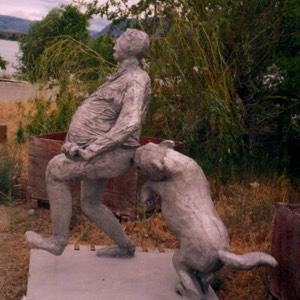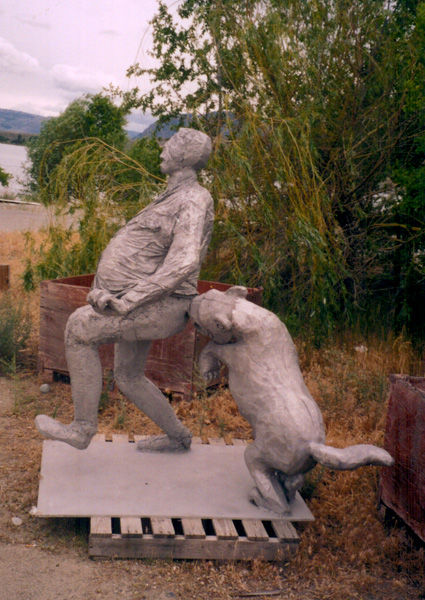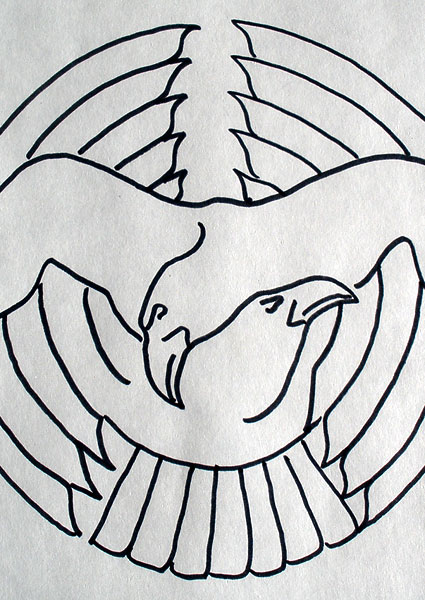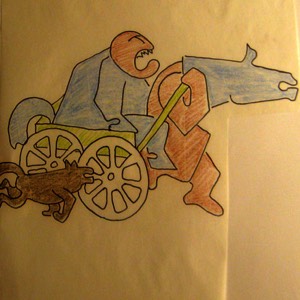Philosophy

Richard S. Beyer was not only a sculptor, but also a poet and philosopher. His work reflects his philosophical and moral beliefs. Beyer would often expound at great length about his philosophy and ideas about art in general, as well as in the public arena. He spent years arguing for his particular vision of art for the public, a vision that has become lost in the official art word of today. In the height of his career when Beyer started talking about some artistic idea, people would become mesmerized – though sometimes they scratched their heads in puzzlement. Here is a brief outline of his core beliefs.
